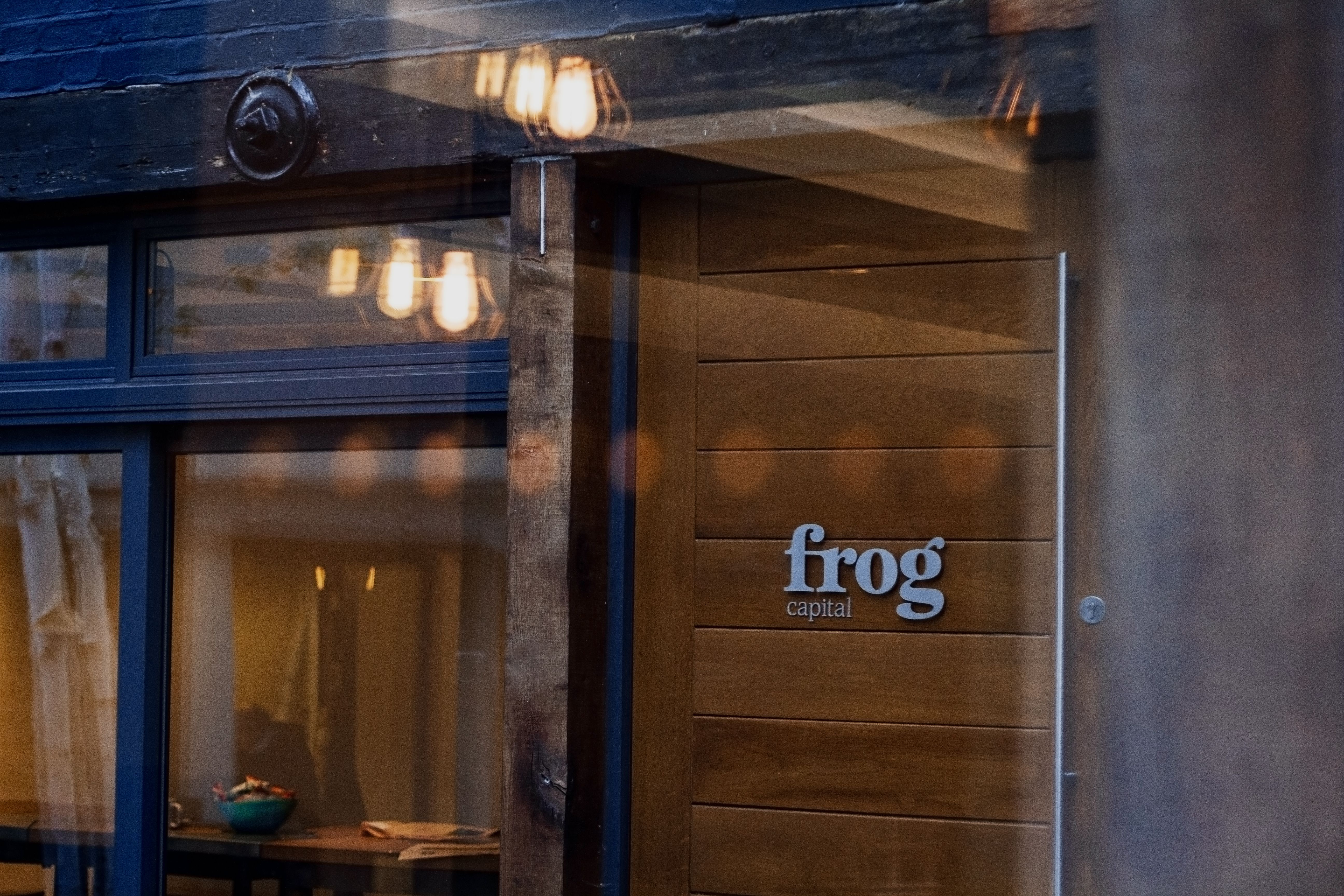Skimlinks has released corporate performance metrics, which reported that editorial content from its publisher network of 1.5 million domains drove nearly $1 billion (USD) of ecommerce transactions in 2016. This resulted in a 38 percent year-over-year increase in revenue, with Skimlinks hitting $36 million in gross revenue for the year. 2017 opened with a similar dynamic and the company is on track to achieve a run rate of $50 million while also achieving profitability by year end. Through its transactions across leading global publishers such as Condé Nast, BuzzFeed, and MailOnline, Skimlinks has driven tens of millions of dollars back into the publisher ecosystem.
“In 2016 we saw incredible growth at Skimlinks thanks in large part to the growing importance of editorial commerce-related content – which we call ‘comtent’ – as a source of revenue and insights for major publishers,” said Alicia Navarro, CEO and Co-Founder, Skimlinks. “Additionally, we launched our Audiences data product in late 2015, which has experienced rapid growth amongst global trading desks as buyers seek out sources of transparent, performant, real-time shopping intent data that’s declared, not inferred.”
On the back of rapid publisher adoption, Skimlinks’ flagship monetization product is now the standard for enterprise and data-driven publishers, with 54 percent market penetration in the top 100 US and UK content publishers. Publishers that join the Skimlinks network are highly loyal, with a negative net churn in 2016; and highly engaged, with approximately 50 percent of publishers logging into the Skimlinks dashboard weekly to better understand and optimize for the shopping behaviors of their readers.
“Large publishers saw particular success with our platform in 2016, growing their Skimlinks’ earnings by an average of 50 percent year-over-year. The public success of publishers such as Wirecutter, BuzzFeed, and Gizmodo encouraged other publishers to similarly embrace a comtent strategy to drive incremental revenue and deep audience insights,” continued Navarro. “This weaving of commerce into editorial content is also enabling publishers to hire dedicated staff to fully capitalize on these strategies; 80 percent of top Skimlinks’ publishers hired dedicated commerce editors last year.”
To help publishers benefit even further from their commerce-related content, Skimlinks launched its Audiences data product. In 14 months it’s grown to become one of the largest global sources of declared shopping intent data available to marketers programmatically. Comparable in quality and scale to the most established, walled-gardened companies, but independent from any particular platform or media buy, Skimlinks’ data is available widely for targeting within the programmatic platforms in use by agencies and advertisers.
Skimlinks’ 2nd party data co-operative includes opted-in data from 99.9 percent of sites and 80 percent of all pageviews, giving visibility into the shopping journeys of more than 1.5 billion cookied users. The data pool has significant coverage in English speaking markets and extends to markets where reliable shopping intent data is scarce or non-existent: 35 percent of the cookie pool is spread over Asia Pacific, Eastern Europe, Nordics, and the DACH region. The overall targetable data pool includes more than 500 million cookies in segments and 6.5 billion cookie segment pairs (and all from an auditable list of manually reviewed and approved quality publishers).
Publishers that opt-in to Audiences not only share in the revenues from Skimlinks’ data sales, but additionally can access the data for their own internal ad targeting and user insights. This creates a virtuous circle: publishers create more comtent that not only drives affiliate revenue, but creates more user interactions, which drive insights into the shopping behaviors of their readers, that then can fuel publishers’ future content, audience, and ad strategies.













